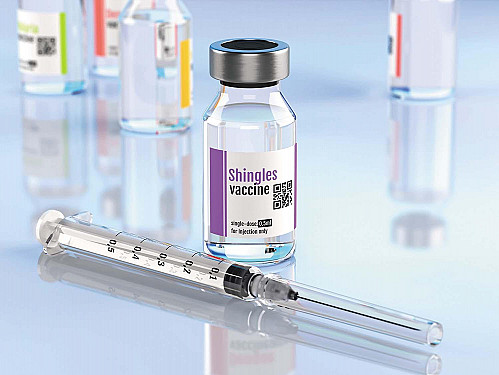Fixing a leaky tricuspid valve
Two newly approved devices may be an alternative to surgery for this uncommon but serious condition.
- Reviewed by Christopher P. Cannon, MD, Editor in Chief, Harvard Heart Letter; Editorial Advisory Board Member, Harvard Health Publishing
Once referred to as the forgotten valve, the tricuspid valve has been getting more attention of late. Earlier this year, the FDA approved two catheter-based devices for repairing a leaky tricuspid valve (see "Understanding heart valve disease"). Both devices have been shown to relieve symptoms and improve quality of life for people with moderate to severe tricuspid regurgitation, which affects about 4% of people ages 75 and older.
The two valves on the left side of the heart (the aortic and mitral valves) are more likely to develop problems than the tricuspid valve, which separates the upper-right and lower-right chambers of the heart. But that's just one reason that tricuspid valve problems have been underappreciated, says Dr. Pinak B. Shah, executive director of interventional and structural heart services at Harvard-affiliated Brigham and Women's Hospital. "People can have a lot of leakage from the tricuspid valve for a long period of time before they start showing any symptoms," he says.
Understanding heart valve disease
The heart's four valves open and shut in a carefully timed sequence to move blood through and out of the heart to the body. But the leaflets (flaps of tissue that make up the valves) and nearby structures don't always function as they should. Heart valve problems fall into two main categories: Regurgitation (also known as leakage or insufficiency). The valve leaflets do not close properly, causing blood to flow backward each time the heart contracts. Stenosis (narrowing). The valve leaflets become thick and stiff, so the valve doesn't open as wide as it should to allow blood to pass through. Both problems can arise simultaneously in the same valve, and more than one valve may be affected. Malfunctioning heart valves can have serious consequences, potentially hampering the heart's ability to pump sufficient amounts blood throughout the body. |
Causes and symptoms
A range of issues can cause the tricuspid valve to malfunction, including inborn structural problems, heart infections, or conditions (most notably, longstanding atrial fibrillation) that cause the base of the valve to widen. When the valve leaks, blood can flow backward into the right atrium, causing the heart to pump harder. Over time, the heart enlarges and struggles to function normally.
The main symptom of tricuspid regurgitation — swelling in the legs and lower body — is nonspecific, meaning it may result from many different conditions. The most common of these is age-related venous insufficiency (when the leg veins have trouble carrying blood back up to the heart). But when tricuspid regurgitation is the actual cause, the abdomen may also become distended, so much so that people notice they're not as hungry as usual, says Dr. Shah. In very severe cases, they may also feel short of breath.
Treatment options
Medications that help remove fluid from the body, known as diuretics, can help relieve the swelling and related symptoms of tricuspid regurgitation. Open heart surgery to repair or replace the valve can fix the problem. "But by the time people really get into trouble, they are often too sick to undergo surgery, not just from the valve issue but other medical problems," says Dr. Shah.
Now, less-invasive treatments are an option. Both of the newly approved devices are placed in the heart via a catheter passed through an artery in the upper leg, an approach that's long been used to treat aortic and mitral valve problems. One tricuspid device is a modification of a device approved in 2013 to treat mitral valve regurgitation. It works by bringing the valve leaflets together at the areas of most severe leakage, Dr. Shah explains. The other device delivers a new valve made of cow heart tissue, which is commonly used in surgical valve replacements.
When to intervene — and how?
Even if a heart ultrasound (echocardiogram) reveals tricuspid regurgitation, a person might have normal heart function and no symptoms. "Do we intervene at that point to prevent long-term complications, or should we wait until they have symptoms and changes in heart function? That's the question experts are currently struggling with," says Dr. Shah. Right now, people who have symptoms despite taking diuretics are considered possible candidates for one of the catheter-based devices, he says. Ideally, they should be seen at a specialized valve disease center, where they can receive additional evaluation to determine if one of the new devices (or more traditional surgery) would be the most appropriate treatment.
Image: © Rujirat Boonyong/Getty Images
About the Author

Julie Corliss, Executive Editor, Harvard Heart Letter
About the Reviewer

Christopher P. Cannon, MD, Editor in Chief, Harvard Heart Letter; Editorial Advisory Board Member, Harvard Health Publishing
Disclaimer:
As a service to our readers, Harvard Health Publishing provides access to our library of archived content. Please note the date of last review or update on all articles.
No content on this site, regardless of date, should ever be used as a substitute for direct medical advice from your doctor or other qualified clinician.

















